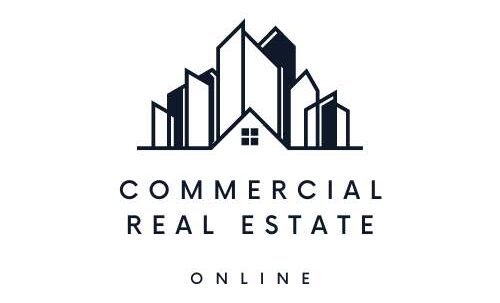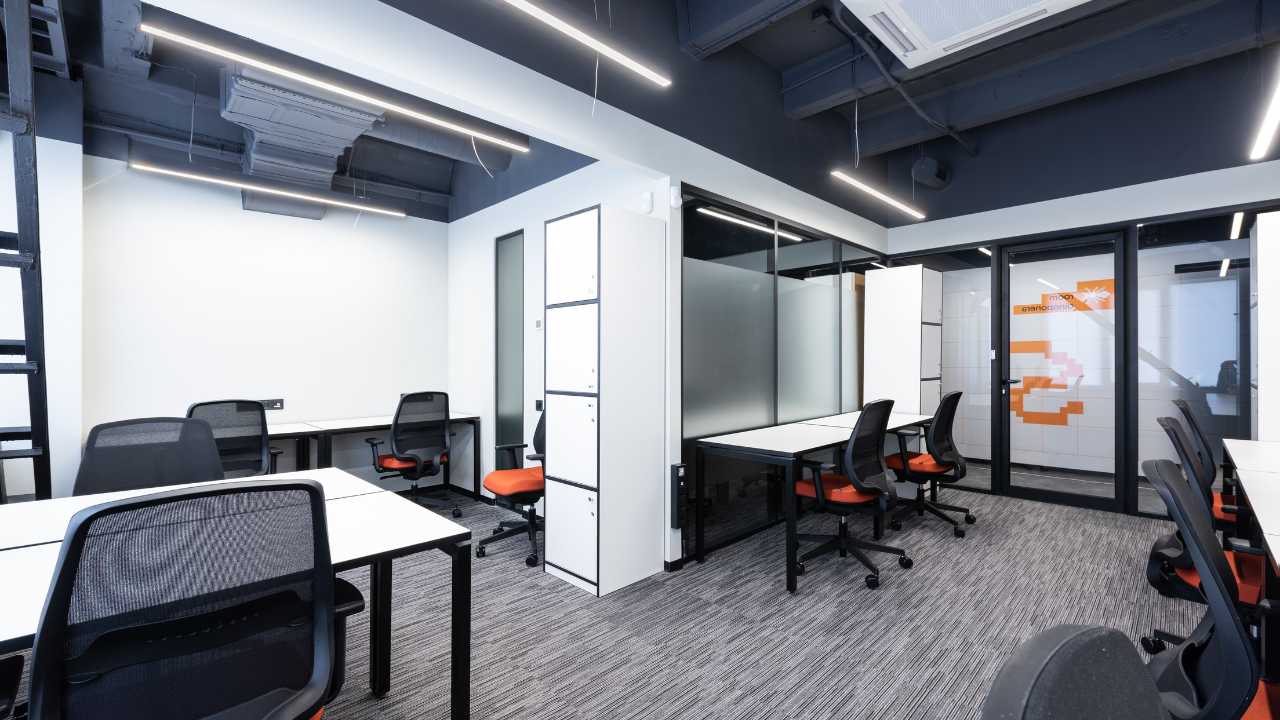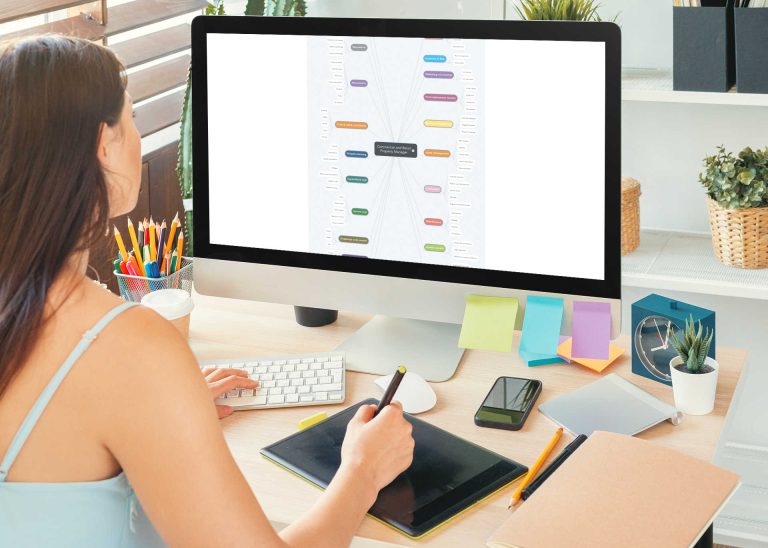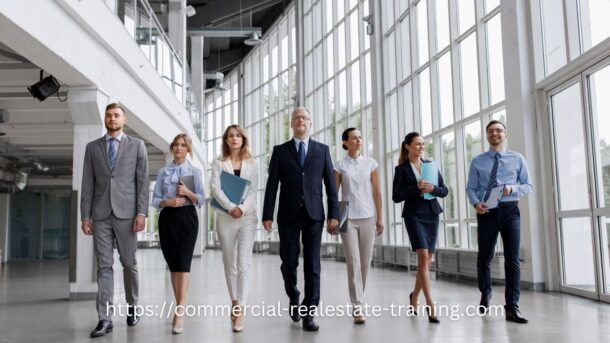Commercial Real Estate Investment Sales and Leasing – Gathering the Facts About the Office Property
If you work in commercial office investment sales or leasing, there are a few different facts to watch when it comes to converting current listing stock and property improvements.
It’s important to understand why certain properties are more marketable in your town or city compared to others.
To identify the right property to market and lease, it’s important to understand whether the answer to the equation is locally or property oriented.
Know the Facts
You can gather insights by engaging with investors and tenants in the market, and understanding their priorities. This will help you stay up-to-date and make informed decisions.
There are also some specific facts you can look into in any office property.

Office Property Checklist
Here are some facts to investigate regards office property improvements, services and amenities:
1. Floor Plates
In an office building the size of the floor plates will have an impact on the ideal fitout design and the type of tenant that can occupy the premises.
Small floor plates are only useful for tenants with basic office configurations and needs; any floor plate that is less than 500 m2 is generally not appealing for a corporate tenant to lease or occupy. Small floor plates are only useful for tenants with basic office configurations and needs.
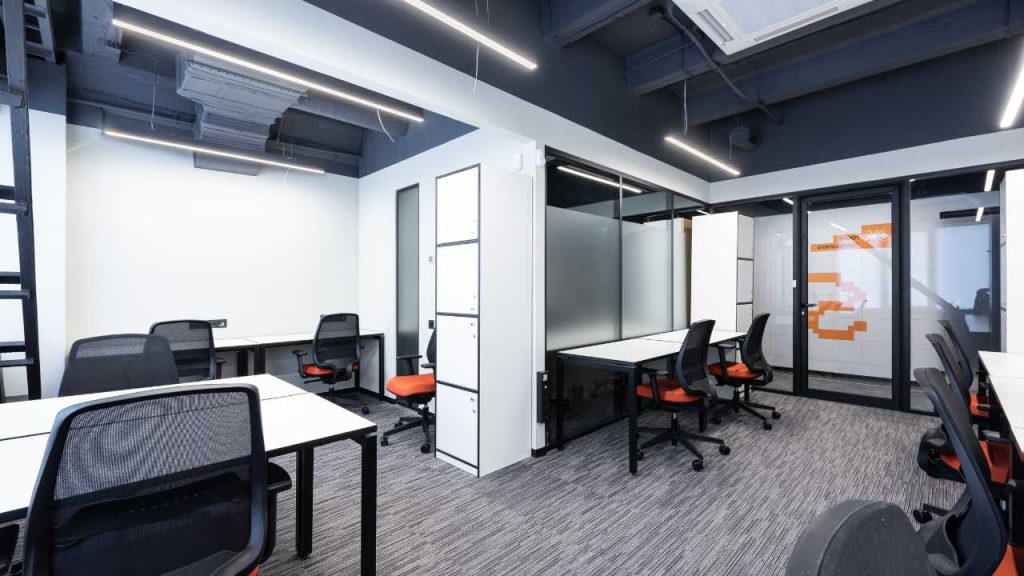
When looking to lease a space in a high rise building, it is recommended to aim for floor plates larger than 500 m2, with a particular emphasis on those around 1000 m2 or more.
Businesses that are run by large corporations frequently opt to concentrate all of their operations in a single location rather than distributing their employees and departments across a number of floors or buildings.
When it comes to making a decision regarding this matter, the size of the floor plate is frequently one of the most important factors to consider.
2. Lettable Space Ratios
It’s important to have a clear understanding of the available lettable space in the building that’s up for lease. This information can greatly affect a tenant’s decisions regarding expansion, relocation, or contraction.
When you have a good tenant in a building it is best to keep them for the long term, and give them the lease alternatives that they require at the right time.
3. Lease Expiry Dates and Profiles
At some point, all leases come to a close and matters such as options, rent reviews, and renovations can affect the property. These factors lead to crucial dates and tenant involvement.
It’s important to thoroughly review all leases for a property to fully comprehend the lease documentation and stay on top of upcoming critical dates. By taking early action on those dates, you can avoid any unnecessary pressure on the tenant mix or rental income.

4. Air Conditioning Supply and Capability
Nowadays, many tenants desire greater flexibility in their business operations, including extended hours and weekend availability. However, seasonal changes can create challenges for tenants when it comes to air conditioning usage.
Consider how a building will provide convenient air conditioning to suit tenants, and how the cost recovery for that use will occur.
5. Energy Efficiency and Supply
Electricity is a basic necessity for every tenant. Nowadays, an uninterrupted power supply (UPS) has become a standard addition to the power circuits in modern office towers.
The same can be said for back-up power and electricity generators in high rise office buildings. If you have either of these systems installed in your office buildings they will be a leasing feature to talk about.

6. Energy Rating and Compliances
Nowadays, certain buildings are rated for their energy efficiency due to their design and energy-saving features. These buildings achieve this rating by utilizing fresh air, natural lighting, and cost-effective devices.
The process of rating energy efficiency may have varying names depending on your location and the type of property in question. Utilize any design and construction-based energy efficiencies in promoting the property.
7. Tenancy Lighting Layouts
When it comes to corporate spaces, it’s important to strike a balance between natural lighting and energy-efficient internal lighting systems. This is where the design of the fitout becomes crucial.
As a corporate tenant, having a building with efficient lighting is a valuable marketing advantage when it comes to impressing clients. In today’s world, energy costs are on the rise, and utilizing natural lighting not only saves money but also promotes a cleaner environment.
Tubes, globes, and lighting appliances will provide savings if they are carefully selected for the design of the fitout and property layout.
The architect for the tenant fit out design can build efficiencies into the lighting system within the building and within the tenancy.

8. Tenancy and Building Security
Nowadays, tenants often face significant concerns regarding internal security. It’s essential to ensure safety measures around the building’s perimeter, at the tenancy doors, as well as inside the tenancy.
Nowadays, several office buildings provide highly developed security options as part of their security framework, which can prove to be a valuable leasing benefit for certain corporate tenants.
It should also be said that the provision of a tenant security system should be a recoverable outgoing from the tenants based on usage.
9. Access and Entrances
Can you provide information on how tenants and customers can enter the building during and after office hours? Also, does the building have easy accessibility and present a professional business image?
The access to a building does have an impact on market rental so take care to ensure that the correct levels of presentation apply at the access points.
Added features such as directory boards, lighting, lift frontages, and common areas will also have an impact on image as part of property access.
10. Property Outgoings
When evaluating a lease agreement and its tenant, it is crucial to consider the expenses per square meter that will be incurred. It is essential to keep in mind that rental options for office buildings may vary from net rent to gross rent.
The outgoings will have an impact on both rental types. It is important that the property to be leased and the outgoings that apply our within industry standards for the property type.
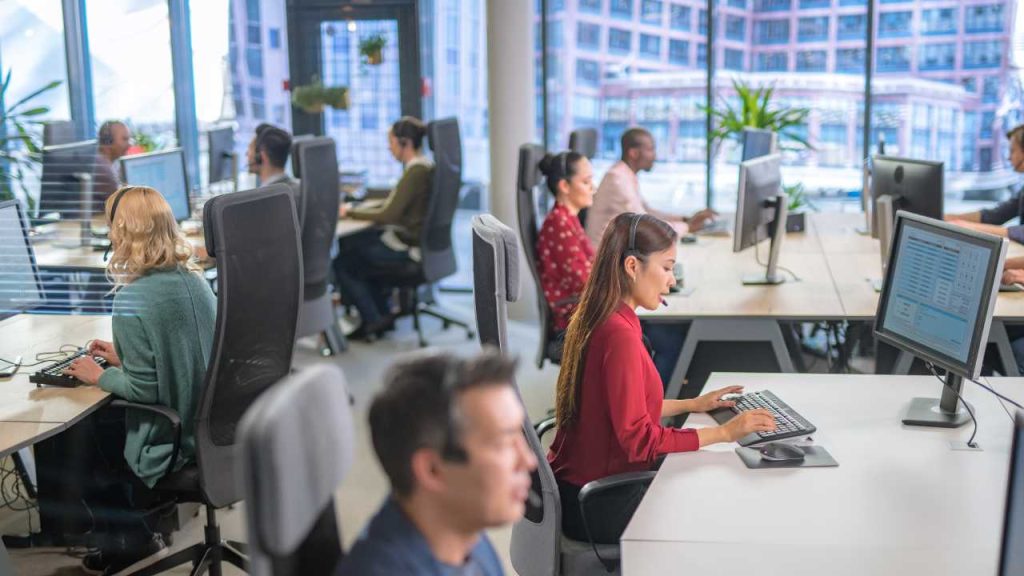
11. Communication Systems
Nowadays, renters expect high-quality communication options and reliable systems to aid them in their business operations.
Communications in an office building will cover telephone, data, Internet, cabling, antenna systems, mobile telephone systems, and fiber optic networking.
Understand what systems are available within the location and for the particular building.
12. Services and Amenities
Some office buildings, particularly the newer ones, offer convenient and reliable access to a variety of useful amenities and services.
As market rent levels escalate, so do tenants’ expectations when it comes to the convenience of services and amenities to use and connect into.
How does your building compare to other buildings in the location when you consider this category?
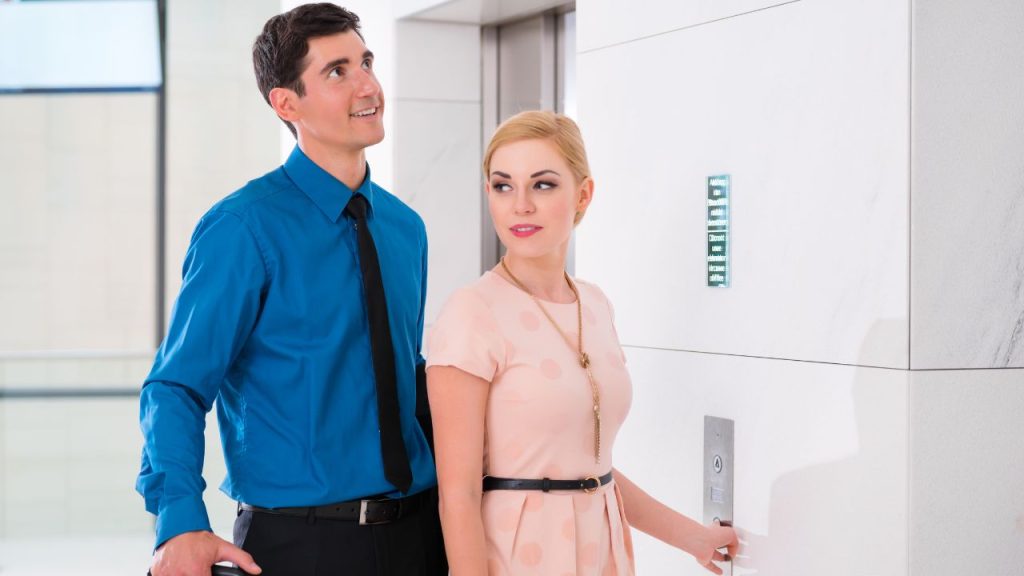
13. Service Cores and Common Areas
The number of people working in an office building is affected by two main factors. The service core is usually located in the center or at the back of the building and consists of supply lines, risers, and facilities that tenants can use.
Understand how the tenant can connect into the building services grid particularly when it comes to electricity, water, and gas. The communication systems for the building will also be in the service core.
The common areas on each floor will also allow the tenant to move around efficiently given other tenants on the same floor in the same building. The design of the common area therefore becomes important to maximizing occupancy and improving market rentals.
14. Building Specification and Fitout Design
Every office building should have particular standards and specifications when it comes to fitout design.
That means every tenant should follow the landlords predetermined rules and specifications when it comes to constructing fit out and maintaining presentation.
Over time those standards can help with maintaining property presentation and the stability of market rentals.
15. Other Tenants and Tenancy Mix Factors
Most tenants today like to know who is in occupancy elsewhere and within the same building. Sometimes there are conflicts between tenancy types when it comes to tenant operations, hours of operation, presentation, and customer visitations.
Remove any conflicts as soon as possible in any commercial office building through refining the tenancy mix and establishing a tenant retention plan.
Understand the tenants that can improve the property over time and remove those that provide no long term benefit to the landlord or the tenant mix.

Office Property – Creating Your Facts Checklist
So there are plenty of things to do here and control as part of specializing in commercial Office Property.
When you have all the facts relating to a particular property, it makes the leasing process and the sales strategy rather easy.
